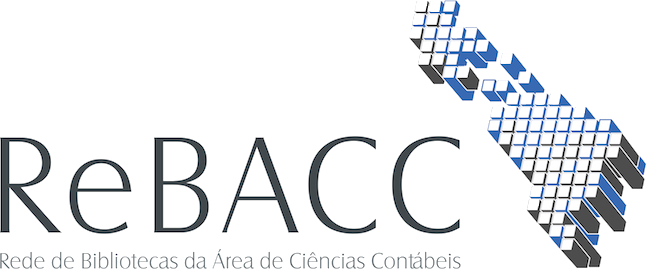Use este identificador para citar ou linkar para este item:
http://rebacc.crcrj.org.br/handle/123456789/5860| Título: | O efeito do risco de informação assimétrica sobre o retorno de ações negociadas na BM&FBOVESPA The effect of asymmetric information risk on returns of stocks traded on the BM&FBOVESPA |
| Palavras-chave: | information risk; return on assets; PIN; VPIN; asset pricing risco informacional; retorno de ações; PIN; VPIN; precificação de ativos |
| Editora / Evento / Instituição: | Universidade de São Paulo. Faculdade de Economia, Administração e Contabilidade |
| Descrição: | This study sought to analyze information asymmetry in the Brazilian stock market and its relation with the returns required from portfolios through the metrics volume-synchronized probability of informed trading. To do this, the study used actual data from the transactions of 142 stocks on the Brazilian Securities, Commodities and Futures Exchange (BM&FBOVESPA), within the period from May 1, 2014, to May 31, 2016. The results point out a high flow toxicity level in the orders of these stocks. In segment analyses of the stock market listing, data suggest there is no clue that stocks from the theoretically more overt segments have a lower toxicity level of order flows. The justification for this finding lies on the negative correlation observed between the market value of stocks and the toxicity level of orders. To test the effect of asymmetric information risk on stock returns, a factor related to the toxicity level of orders was added to the three-, four-, and five-factor models. Through the GRS test, we observed that the combination of factors that optimize the explanation of returns of the portfolios created was the one taking advantage of the factors market, size, profitability, investment, and information risk. To test the robustness of these results, the Average F-test was used in data simulated by the bootstrap method, and similar estimates were obtained. It was observed that the factor related to the book-to-market index becomes redundant in the national scenario for the models tested. Also, it was found that the factor related to information risk works as a complement to the factor size and that its inclusion leads to an improved performance of the models, indicating a possible explanatory power of information risk on portfolio returns. Therefore, data suggest that information risk is priced in the Brazilian stock market. Este estudo buscou analisar a assimetria informacional no mercado de ações brasileiro e sua relação com os retornos requeridos de portfólios por meio da métrica volume-synchronized probability of informed trading. Para isso, o estudo utilizou dados reais oriundos das transações de 142 ações realizadas na Bolsa de Valores, Mercadorias e Futuros de São Paulo (BM&FBOVESPA), no período de 1º de maio de 2014 a 31 de maio de 2016. Os resultados apontam um alto nível de toxicidade dos fluxos nas ordens dessas ações. Em análises por segmento de listagem na bolsa, os dados sugerem não haver indícios de que as ações dos segmentos teoricamente mais transparentes apresentam menor nível de toxicidade dos fluxos de ordens. A justificativa para esse achado reside na correlação negativa observada entre o valor de mercado das ações e o nível de toxicidade das ordens. Para testar o efeito do risco de informação assimétrica sobre o retorno das ações, um fator relacionado ao nível de toxicidade das ordens foi adicionado aos modelos de três, quatro e cinco fatores. Por meio do teste GRS, verificou-se que a combinação de fatores que otimiza a explicação dos retornos dos portfólios criados foi aquela que se valeu dos fatores mercado, tamanho, lucratividade, investimento e risco informacional. Para testar a robustez desses resultados, empregou-se o Average F-test em dados simulados pelo método bootstrap, sendo obtidas estimativas semelhantes. Observou-se que o fator relacionado ao índice book-to-market se torna redundante no cenário nacional para os modelos testados. Além disso, verificou-se que o fator relacionado ao risco informacional funciona como um complemento ao fator tamanho e que sua inclusão leva a uma melhora no desempenho dos modelos, indicando um possível poder de explicação do risco informacional sobre o retorno dos portfólios. Os dados sugerem, portanto, que o risco informacional é precificado no mercado acionário brasileiro. |
| URI: | http://rebacc.crcrj.org.br/handle/123456789/5860 |
| Outros identificadores: | https://www.revistas.usp.br/rcf/article/view/138288 10.1590/1808-057x201705230 |
| Aparece nas coleções: | Revista Contabilidade & Finanças - USP |
Arquivos associados a este item:
Não existem arquivos associados a este item.
Os itens no repositório estão protegidos por copyright, com todos os direitos reservados, salvo quando é indicado o contrário.

